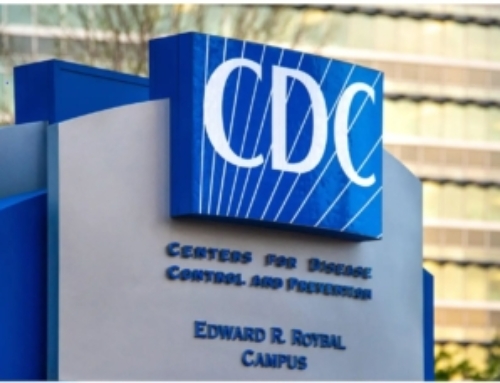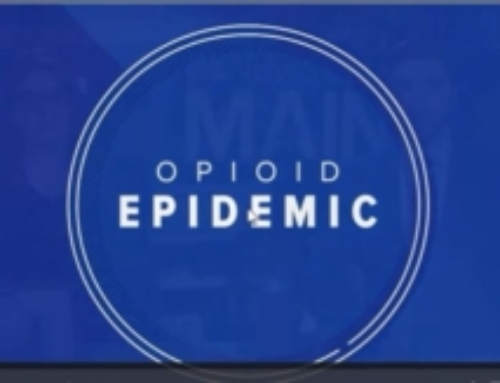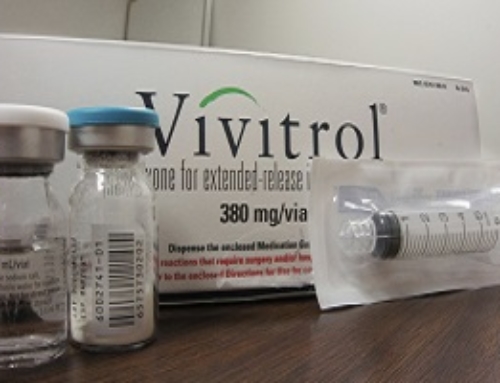For the first time ever, Congress has weighed in on the issue of safe consumption sites (SCS). A bill tied to the stimulus package signed into law on December 27 included a direction to the Centers for Disease Control and Prevention (CDC) and the National Institute on Drug Abuse (NIDA) to release a report on the potential public health impact of SCS.
The direction was handed down in a report by the House Committee on Appropriations that accompanied HR 7614, a bill appropriating funds for federal agencies including the Department of Health and Human Services. According to the report, the NIDA and CDC must provide Congress with “an updated literature review and evaluation of the potential public health impact of Overdose Prevention Centers in the US” before the end of June 2021.
The authors of the report recognized SCS as “part of a larger effort of harm reduction interventions intended to reduce the risk of drug overdose death and reduce the spread of infectious disease.”
“There’s a lot of benefits from having these interventions in place that are going to be reflected in this literature review,” Drug Policy Alliance* (DPA) Deputy Director of National Affairs Grant Smith told Filter. “And it’s going to be impossible for Congress not to see that.”
Neither NIDA nor the CDC have studied SCS before. But in March 2020, NIDA officials met with a delegation from Canada’s Institute of Neuroscience, Mental Health and Addiction to discuss issues including Canada’s SCS and other harm reduction interventions. (Canada is one of only about a dozen countries that currently operate SCS.)
The nearly two dozen SCS across British Columbia prevented 230 deaths, a study found, between April 2016 and December 2017. During that period, 2,177 people died by overdose in the province, but harm reduction initiatives overall prevented more than 3,000 further deaths. Despite the success of SCS in Canada, however, some facilities are facing serious threats from opponents and the possibility of being shut down.
Besides the forthcoming report and a modest $3 million funding increase to a CDC account that has supported syringe service programs, the stimulus package (of which HR 7614 became a part) didn’t contain much else in the way of harm reduction initiatives.“We still have a long way to go in terms of persuading Congress that harm reduction needs to be on par with treatment and prevention as a core response to substance use and overdose,” Smith said.
SCS in the United States
No sanctioned SCS currently exist in the US (although many underground sites do operate), due to a blend of legal, political and cultural barriers. One such barrier: the federal “crack house” statute, authored by then-Senator Joe Biden and included in a 1986 act, which criminalizes maintaining, renting or opening a site “for the purpose of manufacturing, distributing or using any controlled substance.”
Another obstacle that SCS face is NIMBYism, stemming from residents’ misguided beliefs that the presence of an SCS in their neighborhood will increase the number of the drug users in the area and decrease their own quality of life.
In 2018, the CDC cited 10 practices it deemed to be “evidence-based strategies for preventing opioid overdose,” including naloxone distribution, medications for opioid use disorder (MOUD) and syringe service programs. SCS, however, were not included. (In another notable—if overdue—change, the agency also recently made its first endorsement of drug-checking programs.)
The forthcoming SCS report will debut after the Biden administration takes office. Officials from the outgoing Trump administration have been aggressively hostile to SCS; Deputy Attorney General Rod Rosenstein even penned an op-ed in 2018 calling them “taxpayer-sponsored haven[s] to shoot up.”
Why Now?
A number of House Committee on Appropriations members are from states where advocates have tried to start an SCS, such as California and Massachusetts, despite the Trump administration’s best efforts to obstruct them.
Smith pointed to how Trump’s Department of Justice (DOJ) officials have been dedicated to thwarting the opening of Philadelphia’s Safehouse, which would be the first sanctioned SCS in the country. In October 2019, a district judge ruled that Safehouse would not violate the 1986 Controlled Substances Act, but the DOJ appealed. The ruling is currently pending.
After Biden takes office, he would have the power—if not necessarily the motivation—to direct the DOJ to drop all litigation against Safehouse, as DPA has requested. Biden himself has not yet taken a public stance on SCS.
“By deterring the implementation of these centers, you’re willfully putting more lives at risk,” Smith said. According to the CDC, a record 81,230 Americans are estimated to have died of drug overdoses between June 2019 and May 2020.
Harm reductionists point out that SCS save lives and reduce the spread of infectious diseases by providing people who use drugs with sterile consumption supplies. Research demonstrates that SCS reduce overdose deaths and riskier drug use practices. There are also no known cases of someone dying at an SCS.
In addition to the moral incentive, there’s an economic incentive for the US to operate SCS. A recent report by the Institute for Clinical and Economic Review (ICER) found that SCS, when coupled with syringe programs, could save major US cities around $4 million each per year. “It’s an enormous amount of money,” ICER Chief Medical Officer David Rind told Filter in November, also remarking that he was “startled” by the “magnitude of the cost savings.”
* DPA previously provided a restricted grant to The Influence Foundation, which operates Filter, to support a Drug War Journalism Diversity Fellowship.
Photograph of an SCS in the Canadian province of Alberta via Flickr/Creative Commons 2.0








Leave A Comment